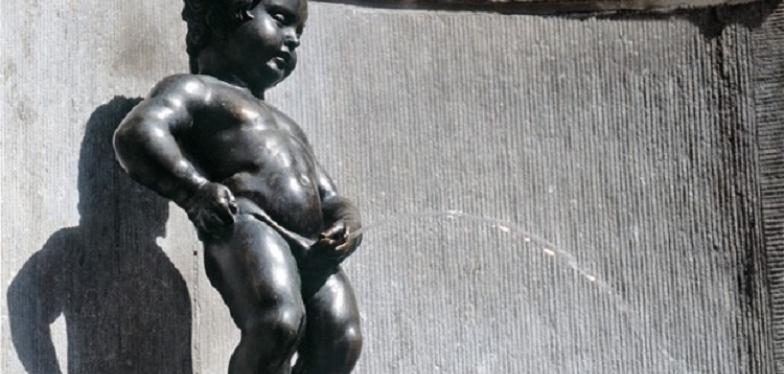Did you know that there are two Manneken Pis in Belgium?

A Brussels tourist attraction, like the Atomium and the Grand Place, the Manneken Pis ("the little boy who pees" in Dutch), is a fountain topped with a 55.5 cm-high bronze statue depicting a naked little boy urinating. Standing in the centre of Brussels, this statue is the symbol of the independent spirit of the Brussels people.
The statue's origins have been a source of speculation and led to several stories over the years. One of the most common legends is that the fountain was erected by a wealthy Brussels citizen who, having lost his only beloved son at the age of about 3 at a popular festival, found him a few days later urinating on the corner of the Rue de l’Etuve. Others say that the statue was built in honour of a little boy who saved the city of Brussels in around the 13th century by extinguishing a fuse laid by enemies wanting to set fire to the city. He extinguished the fuse by urinating on it. Whatever its true origin, it seems well established that the fountain, which was already named Manneken-Pis in 1452 was also called the Fountain of Petit Julien at the same time and was decorated with a stone statue. In 1619, the sculptor Jérôme Duquesnoy was tasked with creating a new statue in bronze by the tax collectors.
A copy of the statue can today be found in Grammont. In 1747, British soldiers carried it to Grammont. This town's inhabitants would help the Brussels people to retrieve it. In recognition of this assistance, the city of Brussels presented a replica of Manneken-Pis to Grammont.